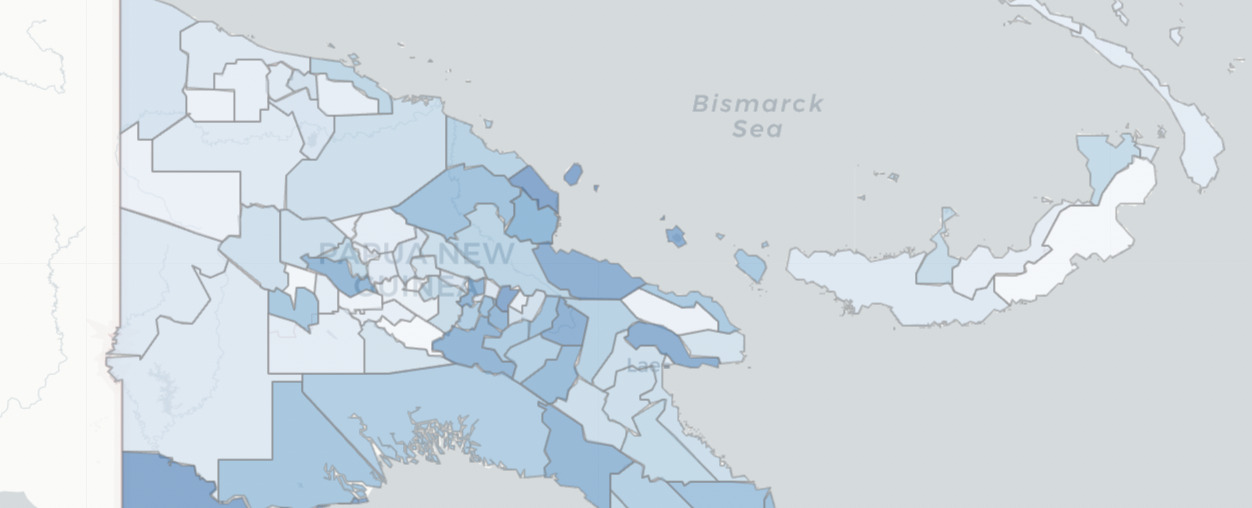Voting has now commenced in Papua New Guinea’s national election, with voitng due to conclude by July 22. Over the next week I’m going to explore some interesting datapoints that can help you understand the PNG electoral system.
Papua New Guinea’s parliament consists of single member electorates. 22 members represent the twenty provinces as well as the autonomous region of Bougainville and the National Capital District (Port Moresby). The other 96 seats are open electorates, so each voter gets to vote twice: for their open electorate and for their provincial electorate.
In this blog post I’m looking at how many candidates stand for election. I’ll then come back to look at what share of the vote the winning candidate receives, and how often incumbent MPs are re-elected.
This election has seen a record 3,625 candidates nominate for 118 seats. But it’s worth noting that the parliament has expanded by seven seats, with 111 seats up for election in 2012 and 2017, and just 109 seats from 1977 to 2007.
When you look at the number of candidates as an average per electorate, there is no more record.
While ballots are still very large, with an average of over 30 candidates per seat, but the number is not climbing. The number climbed gradually from just 7 candidates per seat at the last pre-independence election in 1972 to 16 in 1992, jumped more quickly in 1997 and 2002, before stabilising in 2007 and then another jump in 2012. But since that record of 32 candidates per seat in 2012, the number has slightly dropped.
This next chart gives a sense of distribution of nomination numbers:
The distribution is fairly normal, centred around 20-30 candidates per seat, but there's a handful of exceptions with over 60 candidates.
Bougainville Provincial has just six candidates, the smallest in the country. Moresby South has 8, with three other seats having just nine candidates. At the other end, Moresby North-East has 76 candidates, with Chimbu Provincial having 75 candidates, and Eastern Highlands Provincial having 64.
I assume there are some political factors explaining why, for example, one Port Moresby electorate has the most candidates in the country, and a neighbouring seat has the second-least.
I've also mapped out the candidate numbers by electorate. You can toggle to see the provincial electorates.
Patterns are not particularly obvious, although it does appear that eastern parts of the Highlands have more candidates than western parts, for both open and provincial seats.
Finally, I have divided up the electorates into the four regions of PNG, to look at how the average candidates varies across the regions, and between open and provincial seats:
| Region | Open | Provincial |
| Highlands | 30.8 | 34.6 |
| Islands | 20.5 | 16.6 |
| Momase | 32.0 | 37.3 |
| Southern | 35.8 | 32.5 |
You might assume that provincial electorates, with their larger populations, would have larger ballot papers, but that's not the case. But it is true that the Islands region has noticeably smaller ballot papers than other regions, with less than half as many candidates on provincial ballots and about two thirds as many candidates on open ballots, on average.
That's it for today. Next up: with such large ballot papers, how much of the vote do winning candidates receive?



